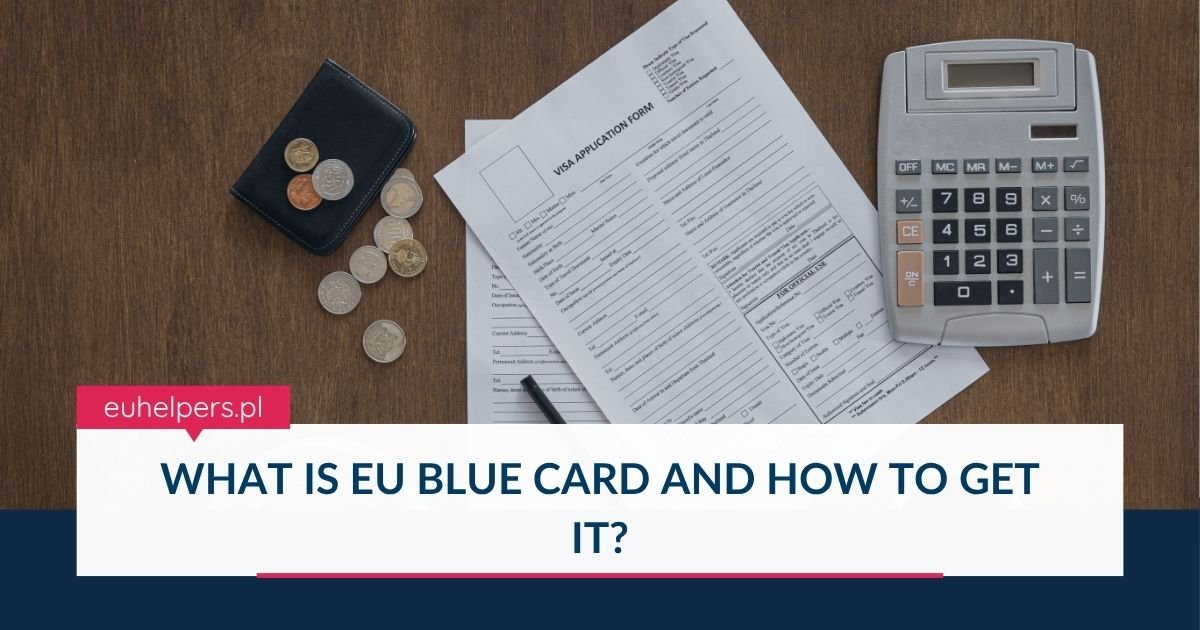The EU Blue Card is a prestigious work and residence permit designed for highly qualified non-EU/EEA nationals, offering an opportunity to live and work in a participating European Union member state. Often compared to the U.S. Green Card, the EU Blue Card aims to attract skilled professionals by offering streamlined residency and employment rights across much of Europe.
Here’s an in-depth look at what the EU Blue Card entails, who is eligible, and how the application process works.
What Is the EU Blue Card?
The EU Blue Card is a permit issued by EU member states (excluding Denmark and Ireland) to highly skilled foreign workers. It allows individuals to reside and work in a specific member state and offers a pathway to long-term residency and mobility within the EU.
Eligibility Requirements
To qualify for an EU Blue Card, applicants must meet several key criteria:
1. Highly Qualified Employment
You must have a valid job offer or employment contract for at least one year in a position that requires high qualifications.
2. Higher Professional Qualifications
Applicants typically need:
-
A university degree, or
-
Equivalent professional qualifications or substantial relevant work experience.
3. Minimum Salary Threshold
Your job must meet a minimum salary requirement, which varies by country. This threshold is usually set at a percentage above the average gross annual salary of that member state. Some countries also offer lower salary thresholds for shortage occupations.
4. Additional Requirements
-
A valid passport or travel document
-
Health insurance coverage
-
Compliance with national rules for regulated professions (e.g., doctors, lawyers, engineers)
Application Process: Step-by-Step
Step 1: Secure a Job Offer
Begin by finding a job in an eligible EU country that participates in the Blue Card scheme. The role must match your qualifications and meet the salary threshold.
Step 2: Verify Eligibility
Ensure that you meet all the necessary educational and professional criteria, as well as the salary and any additional requirements specific to the country where you intend to work.
Step 3: Submit Your Application
Apply for the EU Blue Card through the immigration or employment authority of the respective member state. Depending on your nationality, you may also need to apply for a work visa alongside the Blue Card.
This step generally involves:
-
Filling out the application form
-
Submitting your job contract, qualifications, passport, and other supporting documents
-
Paying any applicable fees
Step 4: Receive Your EU Blue Card
If your application is approved, you will be granted the EU Blue Card, which serves as your legal authorization to live and work in the member state.
Additional Benefits and Information
Family Reunification
The Blue Card allows you to bring your spouse and dependent children. In many member states, spouses are granted the right to work without additional permits.
Validity and Renewal
EU Blue Cards are typically valid for 1 to 4 years, depending on the country and employment contract length. They can be renewed as long as your job offer remains valid.
Pathway to Permanent Residency
After a certain period (usually 33 months, or 21 months with sufficient language proficiency), Blue Card holders may apply for permanent residency in the host country. Time spent with the Blue Card in multiple EU countries can also count toward long-term EU residency rights.
The EU Blue Card is one of the most efficient and beneficial ways for skilled professionals from non-EU countries to establish their careers in Europe. With attractive benefits such as family inclusion, the possibility of permanent residency, and professional mobility, it provides a stable and rewarding path for working and living in the EU.
For more details and country-specific information, visit the official EU Immigration Portal.

